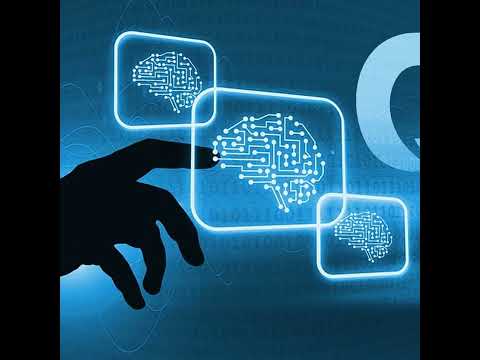Computational Linguistics (https://schneppat.com/computational-linguistics-cl.html) is an interdisciplinary field that combines principles from linguistics, computer science, and artificial intelligence (https://schneppat.com/artificial-intelligence-ai.html) to study language and develop algorithms and computational models to process, understand, and generate human language. It seeks to bridge the gap between human language and computers, enabling machines to comprehend and communicate with humans more effectively.
Key areas of study in Computational Linguistics include:
1. Natural Language Processing (NLP) (https://schneppat.com/natural-language-processing-nlp.html) : NLP focuses on developing algorithms and techniques to enable computers to understand, interpret, and generate human language. Applications of NLP include machine translation, sentiment analysis, speech recognition, and text summarization.
2. Speech Processing: This area deals specifically with speech-related tasks, such as speech recognition, speech synthesis, and speaker identification. It involves converting spoken language into text or vice versa.
3. Machine Translation (https://schneppat.com/gpt-translation.html) : Machine translation aims to develop automated systems that can translate text or speech from one language to another. It is a crucial application in today’s globalized world.
4. Information Retrieval: Information retrieval focuses on developing algorithms to retrieve relevant information from large collections of text or multimedia data, commonly used in search engines.
5. Text Mining: Text mining involves extracting useful patterns and information from large volumes of unstructured text data, which can be useful in various domains such as sentiment analysis, market research, and opinion mining.
6. Syntax and Semantics: Computational Linguistics also delves into the study of sentence structure (syntax) and meaning representation (semantics) to enable computers to understand the intricacies of human language.
7. Language Generation (https://schneppat.com/natural-language-generation-nlg.html) : This area involves developing algorithms that can generate human-like language, used in chatbots, language modeling, and creative writing applications.
8. Corpus Linguistics: Corpus Linguistics is the study of large collections of text (corpora) to gain insights into linguistic patterns and properties, which is essential for building robust NLP systems.
Computational Linguistics has applications in various industries (https://schneppat.com/ai-in-various-industries.html) , including artificial intelligence, robotics (https://schneppat.com/robotics.html) , virtual assistants, customer support, healthcare (https://schneppat.com/ai-in-healthcare.html) , finance (https://schneppat.com/ai-in-finance.html) , and education (https://schneppat.com/ai-in-education.html) , to name a few.
Researchers and practitioners in Computational Linguistics employ various machine learning (https://schneppat.com/machine-learning-ml.html) techniques, statistical models, and linguistic theories to develop sophisticated language processing systems. As technology advances, the capabilities of CL continue to grow, making natural language interactions with computers more seamless and human-like.
Kind regards by Schneppat AI (https://schneppat.com) & GPT-5 (https://gpt5.blog/)










![Ravens vs. Chargers (Nov 25, 2024) Live Score [Video]](https://aimarketingshowcase.com/wp-content/uploads/2024/11/mp_555229_0_401671689png.png)
![10 Ethical Dilemmas & Policy Issues in Science & Tech [Video]](https://aimarketingshowcase.com/wp-content/uploads/2024/11/mp_555226_0_9588890412573001732571416shutterstock170522594jpg.jpg)
